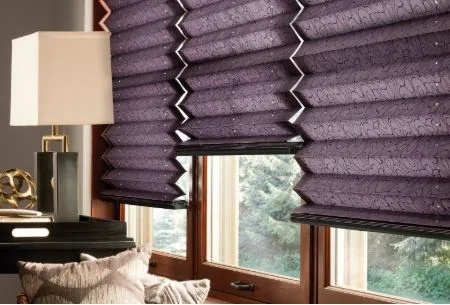Redefining the Doctor’s Visit: When Clinics Feel More Like Luxury Retreats
Healthcare appointments are evolving into experiences that borrow from hospitality and luxury services. Clinics now focus on calm interiors, seamless transitions, and thoughtful amenities designed to reduce stress and build trust. This approach refines every detail, from check-in to checkout, to meet modern expectations.
Comfort-Oriented Spaces with Practical Flow
Waiting rooms are being reimagined with soothing color palettes, upholstered seating, and soft lighting that gently directs attention away from anxiety. Instead of crowded chairs, clinics offer private alcoves or small lounges equipped with charging stations and filtered water dispensers. Clear signage and subtle floor markers guide patients along an intuitive path without constant staff intervention. Reception desks sit lower and less imposing, while registration kiosks use touchscreens with large fonts to speed up the process. Behind the scenes, staff training emphasizes calm pacing and confident gestures so handoffs between receptionists, nurses, and physicians feel natural and unhurried.
Digital Touchpoints That Match the On-Site Experience
Before patients arrive, digital portals set expectations with concise intake forms and clear consent language. Automated reminders appear via email or text with one-click confirmations for appointment times and parking instructions. Secure messaging platforms offer real-time updates on wait times or last-minute location changes. Some clinics allow patients to record their preferred room temperature or playlist, so these details are already uploaded when they check in. By ensuring online labels, room names, and staff titles remain consistent, digital and physical touchpoints reinforce a sense of continuity.
Service Routines That Feel Personal yet Repeatable
Well-designed care pathways follow standardized scripts that leave room for personalization. During intake, coordinators capture patient goals in everyday language, then map each step against a visible timeline. Providers use checklists that track completed tasks, including vitals, screenings, and imaging, and clearly note what remains. When exceptions arise, staff follow predefined escalation routes to address concerns without derailing the schedule. Clinics such as the Peter Attia Clinic showcase how consultations and tailored assessments can integrate seamlessly into a structured program.
Wayfinding, Timing, and Sensory Details That Reduce Load
Clear visual cues make navigation effortless. Color-coded corridors and icons for each department match maps sent through the patient portal. Digital displays outside exam rooms show anonymized status updates so patients know whether they are next or if delays are expected. Ambient music and gentle air filtration regulate noise and air quality, creating a consistent environment throughout the facility. Adjustable lighting panels let staff or patients fine-tune brightness at each station. Appointment schedules are spaced to avoid overlap, reducing congestion in hallways and reception areas. At each transition, brief announcements inform visitors what will happen next and how long it should take, minimizing uncertainty.
Membership-Style Continuity and Simple Follow-Up
After the visit, patients receive concise summaries with bullet points on results, recommended next steps, and direct links to rebook. Communications use the same template headings and fonts seen during the appointment, reinforcing familiarity. Clinics often offer membership models that bundle annual screenings, wellness coaching, and priority scheduling for a predictable fee. A single point of contact manages all follow-up inquiries, routing urgent messages by phone and routine questions through secure chat. Automated reminders for lab tests or imaging arrive at set intervals with polite prompts that avoid overload. Over time, this membership-style structure builds loyalty, and patients view their care as an ongoing relationship rather than a series of disconnected visits.
Staff Culture and Continuous Improvement
Success in luxury-inspired clinics hinges on a culture of service excellence. Staff participate in regular workshops on hospitality best practices and clinical communication. Mystery shoppers or patient advocates evaluate every touchpoint, from phone greetings to discharge instructions. Weekly team huddles review patient feedback metrics, identify pain points, and test small changes such as swapping seat fabrics or adjusting appointment lengths. Leadership shares performance dashboards openly so clinicians and administrative staff track progress together. Continuous improvement becomes part of the daily routine, ensuring the clinic remains responsive to patient needs without over-engineering the experience.
Conclusion
Thoughtfully designed spaces, aligned digital systems, and repeatable yet personalized routines reduce friction and improve patient satisfaction. Clear wayfinding and sensory controls lighten cognitive load, while membership-style follow-up cements long-term engagement. When every detail feels intentional and every step flows predictably, patients experience care that respects both their time and their health. This new model balances service clarity with clinical rigor, creating visits that feel more like thoughtful retreats and less like rushed errands.






